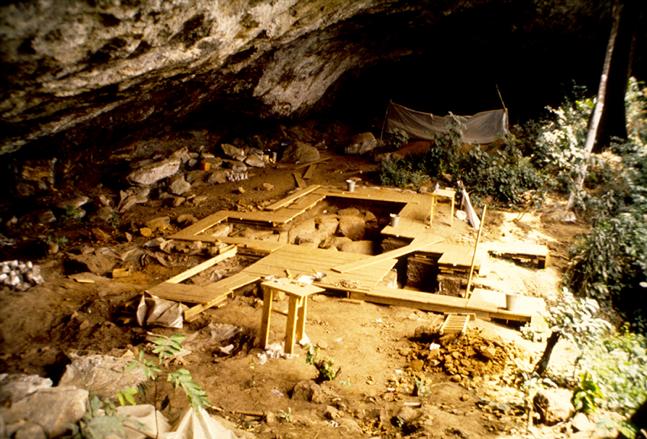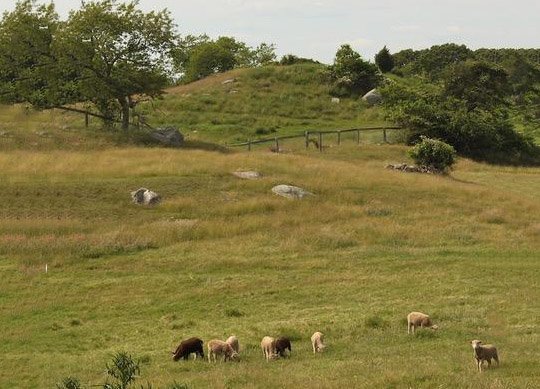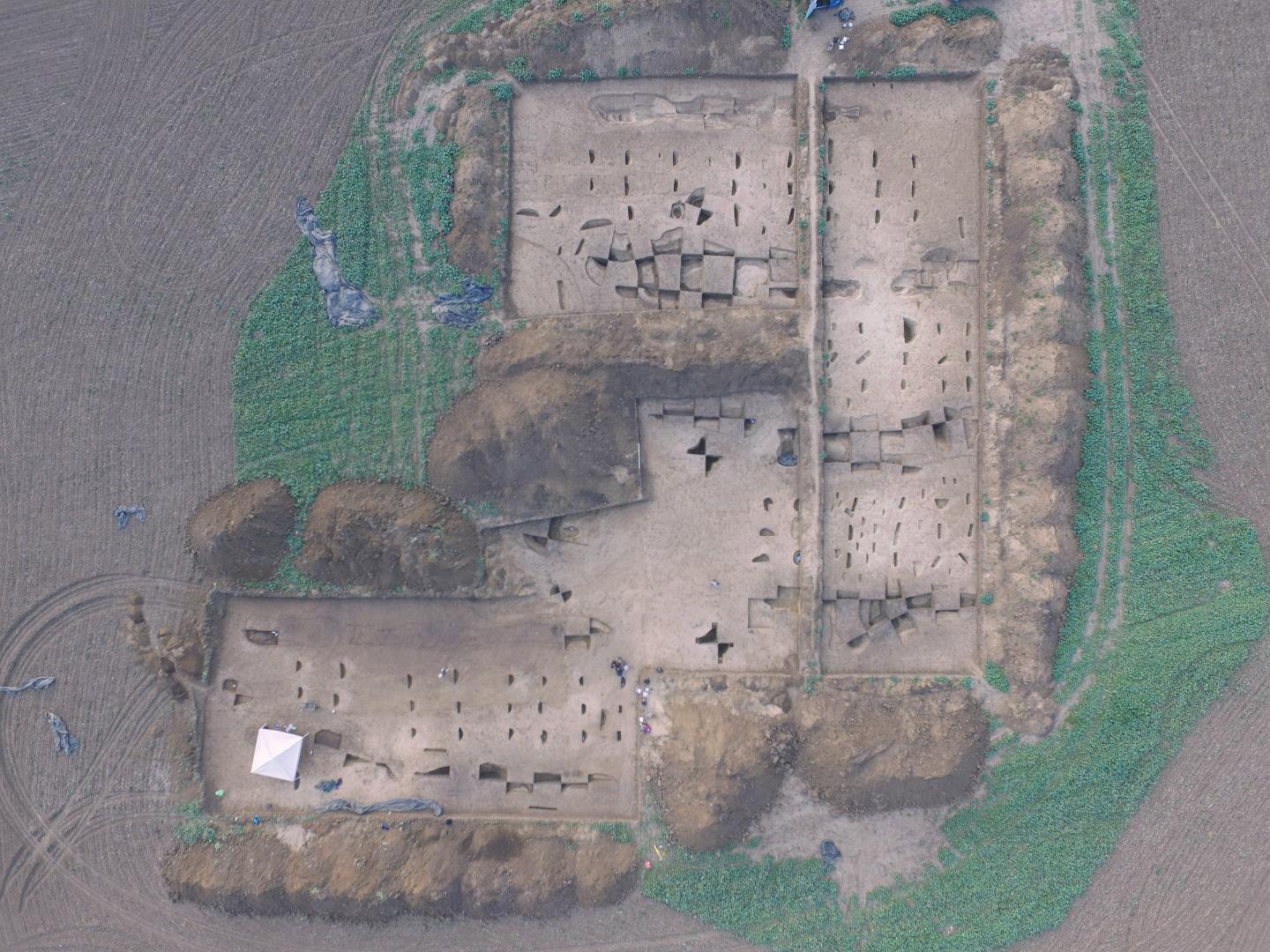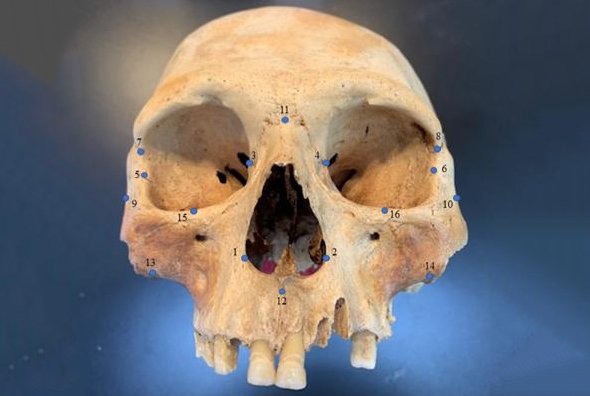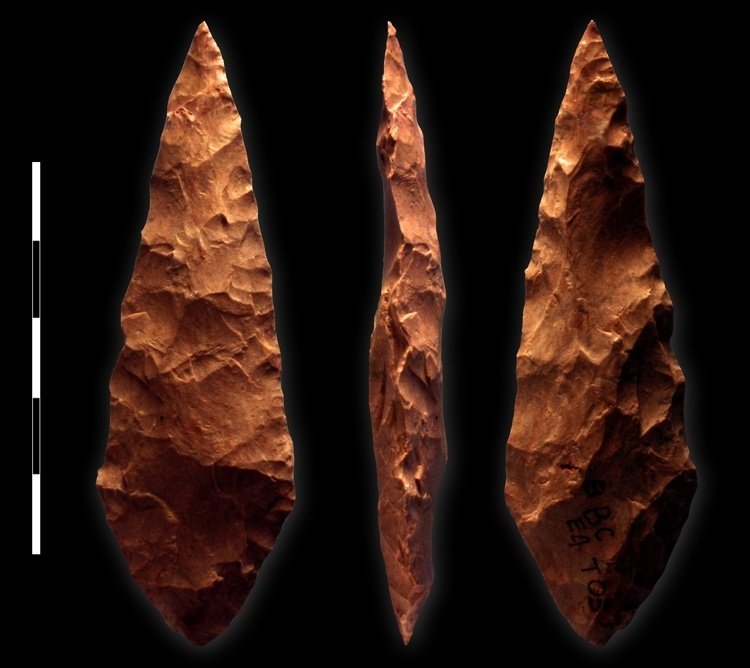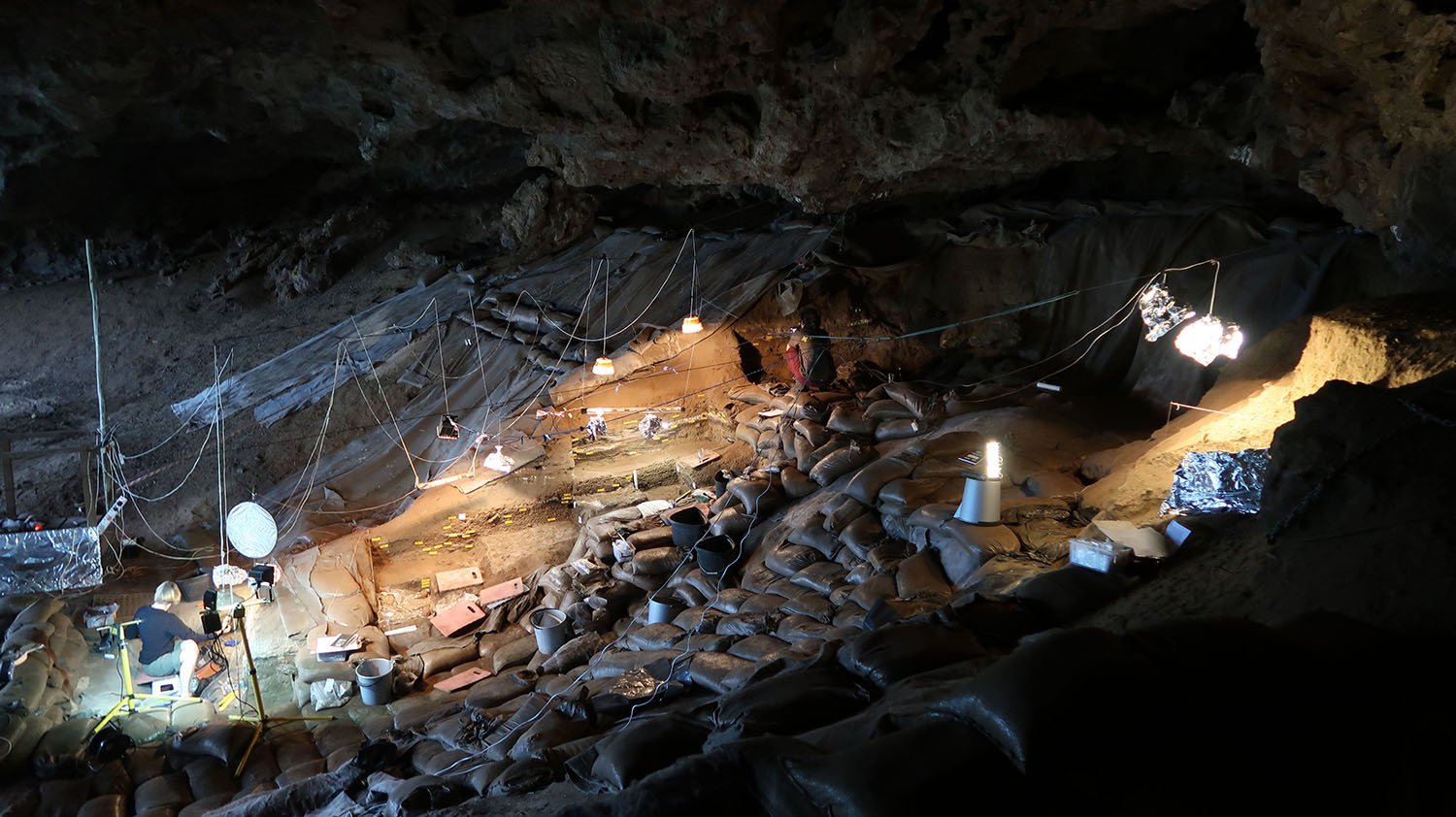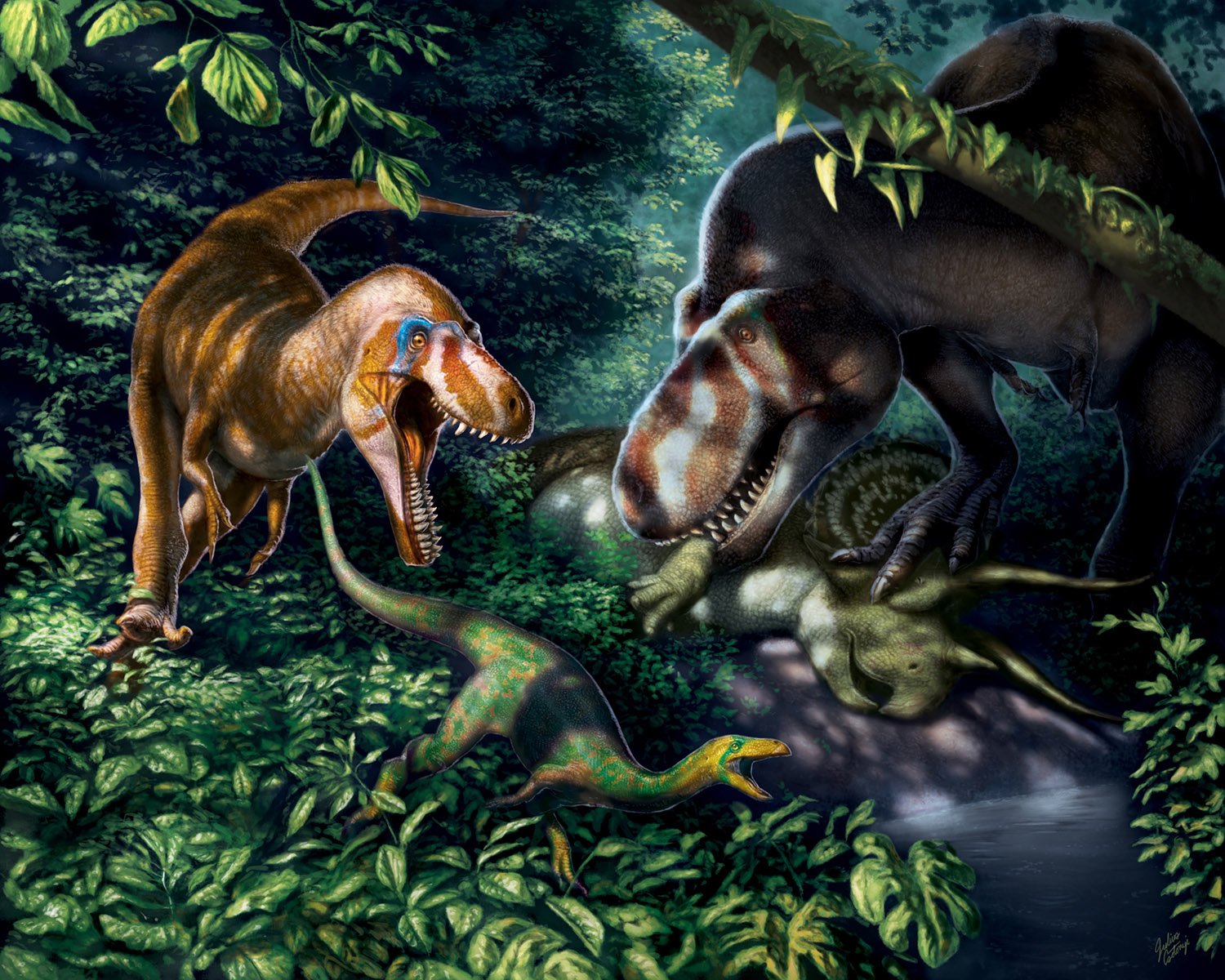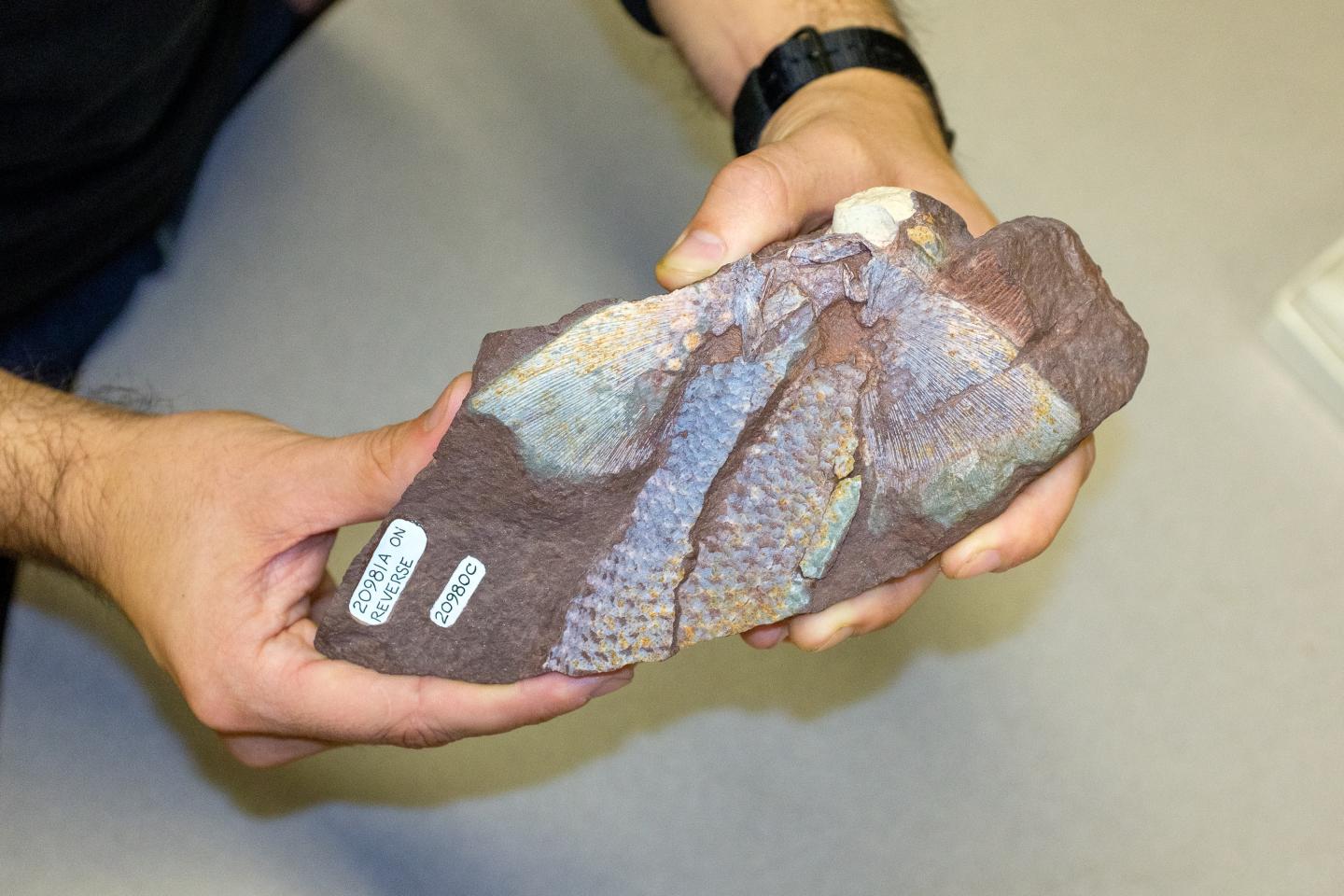First ancient DNA from West/Central Africa illuminates deep human past
An international team led by Harvard Medical School scientists has produced the first genome-wide ancient human DNA sequences from west and central Africa. The data, recovered from four individuals buried at an iconic archaeological site in Cameroon between 3,000 and 8,000 years ago, enhance our understanding of the deep ancestral relationships among populations in sub-Saharan … Read more
